Introduction to Computer Vision and PyTorch
Table of Content
1. Overview of Computer Vision 2. History and evolution of computer vision3. Key applications and real-world use cases (e.g., image classification, object detection, facial recognition)
- Image Classification
- Object Detection
- Facial Recognition
- Medical Imaging
- Augmented Reality (AR) and Virtual Reality (VR)
- Retail and E-commerce
- Agriculture
- Industrial Automation
- Transportation and Logistics
Overview of Computer Vision:
Computer vision means the extraction of information from images, text, videos, etc. Sometimes computer vision tries to mimic human vision. It’s a subset of computer-based intelligence or Artificial Intelligence (AI) which collects information from digital images or videos and analyses them to define the attributes.
The entire process involves image acquiring, screening, analysing, identifying, and extracting information. This extensive processing helps computers to understand any visual content and act on it accordingly. Computer vision projects translate digital visual content into precise descriptions to gather multi-dimensional data. This data is then turned into a computer-readable language to aid the decision-making process. The main objective of this branch of AI is to teach machines to collect information from images.
Computer vision is a field of AI that uses machine learning and neural networks to teach computers and systems to derive meaningful information from digital images, videos, and other visual inputs.
“If AI enables computers to think, computer vision enables them to see, observe, and understand.”
Computer vision works much the same as human vision, except humans have a head start. Human sight has the advantage of lifetimes of context to train how to tell objects apart, how far away they are, whether they are moving, or if something is wrong with an image. Computer vision trains machines to perform these functions, but it must do it with cameras, data, and algorithms rather than retinas, optic nerves, and a visual cortex.
To analyse an image, a computer vision algorithm first converts the image into a set of numerical data that can be processed by the computer. This is typically done by dividing the image into a grid of small units called pixels and representing each pixel with a set of numerical values that describe its colour and brightness. These values can be used to create a digital representation of the image that can be analysed by the computer.
Once the image has been converted into numerical data, the computer vision algorithm can begin to analyse it. This generally involves using techniques from machine learning and AI to recognize patterns in the data and make decisions based on those patterns. For example, an algorithm might analyse the pixel values in an image to identify the edges of objects or to recognize specific patterns or textures that are characteristic of certain types of objects.
Overall, the goal of computer vision is to enable computers to analyse and understand visual data in much the same way that human brains and eyes do, and to use this understanding to make intelligent decisions based on that data.
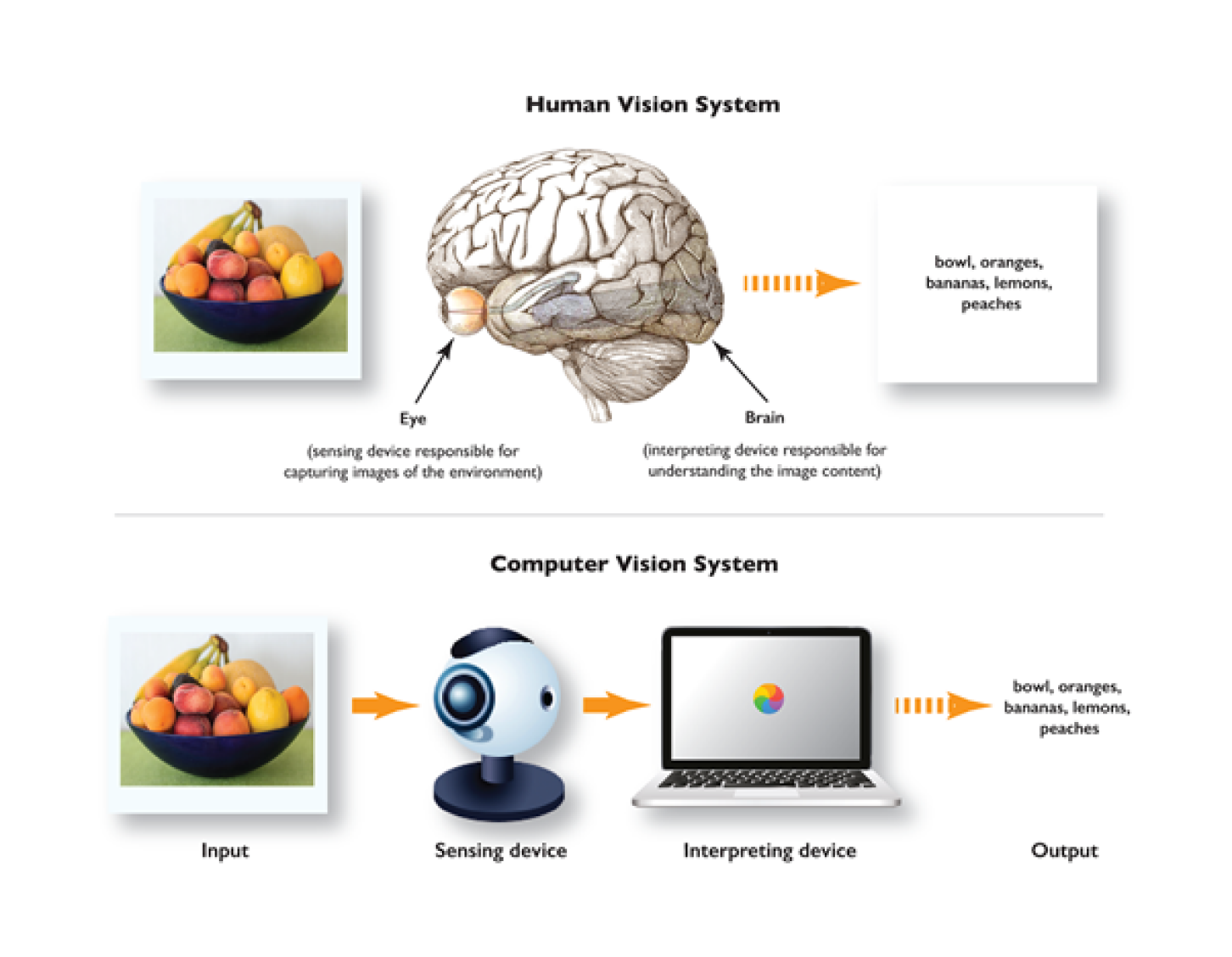
History and evolution of computer vision:
The history of computer vision dates back over 60 years, with early attempts to understand how the human brain processes visual information leading to the development of image-scanning technology in 1959. In the 1960s, artificial intelligence emerged as an academic field of study, and computers began transforming two-dimensional images into three-dimensional forms.
In the 1970s, optical character recognition technology was developed, allowing computers to recognize text printed in any font or typeface. This was followed by the development of intelligent character recognition, which could decipher handwritten text using neural networks. Real-world applications of these technologies include document and invoice processing, vehicle plate recognition, mobile payments, and machine translation.
In the 1980s, neuroscientist David Marr established that vision works hierarchically and introduced algorithms for machines to detect edges, corners, curves, and other basic shapes. At the same time, computer scientist Kunihiko Fukushima developed a network of cells called the Neocognitron that could recognize patterns, including convolutional layers in a neural network.
In the 1990s and 2000s, real-time face recognition apps appeared, and there was a standardization of visual data set tagging and annotating. In 2010, the ImageNet data set became available, containing millions of tagged images across a thousand object classes and providing a foundation for convolutional neural networks (CNNs) and deep learning models used today.
In 2012, the AlexNet model made a breakthrough in image recognition, reducing the error rate to just a few percent. These developments have paved the way for the widespread use of computer vision in a variety of applications today.

Key applications and real-world use cases (e.g., image classification, object detection, facial recognition):
Computer vision has evolved significantly over the past few decades and now plays a crucial role in various industries. Here are some key applications and real-world use cases:
1. Image Classification
Image classification is the process of assigning a label to an entire image based on its visual content. This application is foundational in computer vision and serves as the basis for more complex tasks.
-
Healthcare:
Image classification is used in medical imaging to identify diseases and abnormalities in X-rays, MRIs, and CT scans. For instance, algorithms can classify images of skin lesions to detect melanoma.
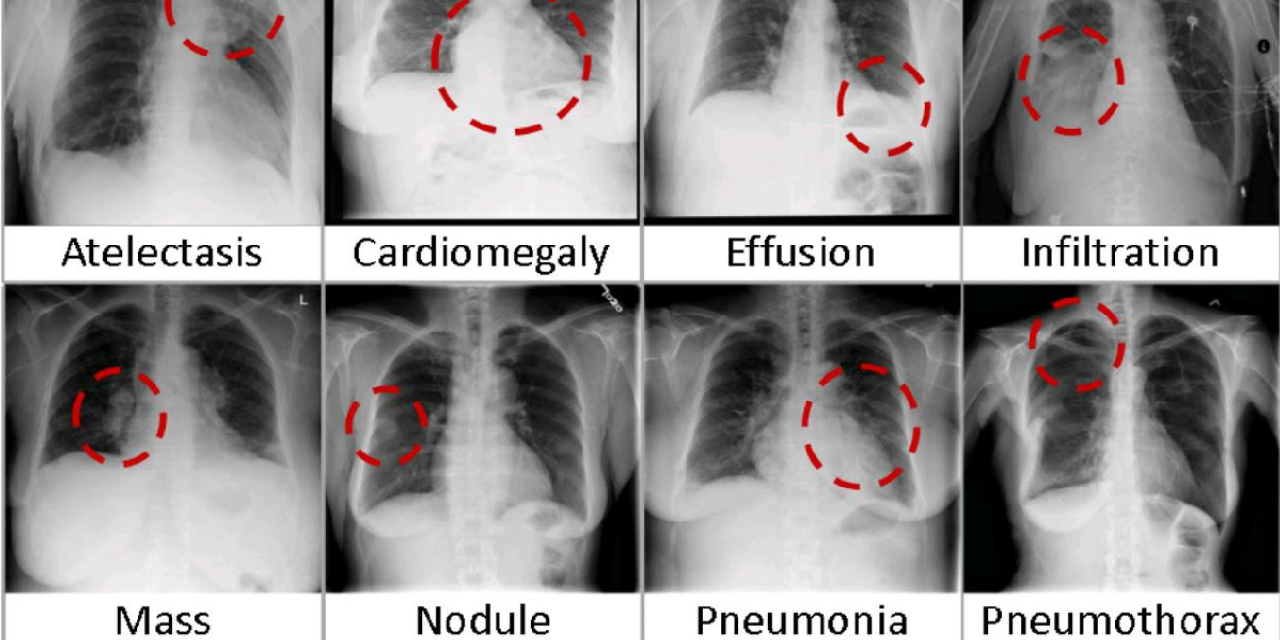
-
Agriculture:
Farmers use image classification to monitor crop health and identify diseases in plants. Drones capture images of fields, and algorithms classify these images to determine the presence of pests or nutrient deficiencies.

-
Retail:
Retailers use image classification for product categorization and inventory management. Automated systems can classify products on shelves to ensure correct placement and availability.

2. Object Detection
Object detection involves not only classifying objects within an image but also locating them by drawing bounding boxes around each object. This application is more complex than image classification and is essential for many real-time applications.
-
Autonomous Vehicles:
Object detection is critical for self-driving cars to identify and locate other vehicles, pedestrians, traffic signs, and obstacles on the road. This capability ensures safe navigation and collision avoidance.
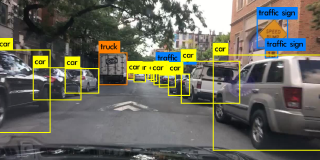
-
Security and Surveillance:
Surveillance systems use object detection to identify suspicious activities and unauthorized access. Security cameras can detect and alert authorities to the presence of intruders.
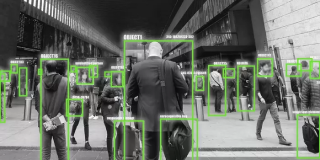
-
Robotics:
In manufacturing, robots use object detection to identify and manipulate parts on assembly lines. This enhances precision and efficiency in automated production processes.
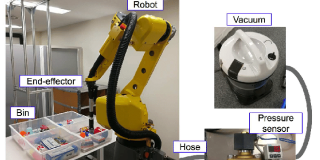
3. Facial Recognition
Facial recognition is a technology that can identify or verify a person by analysing and comparing facial features from images or videos. It has become increasingly prevalent due to advancements in deep learning.
-
Security:
Facial recognition is used in security systems for access control and identity verification. Airports and border controls employ this technology to enhance security and streamline passenger processing.

-
Social Media:
Platforms like Facebook and Instagram use facial recognition to tag individuals in photos automatically. This enhances user experience by simplifying the tagging process and organizing images.

-
Law Enforcement:
Police departments use facial recognition to identify suspects and missing persons. This technology can match faces from surveillance footage with criminal databases to aid investigations.
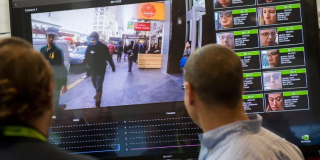
4. Medical Imaging
Medical imaging leverages computer vision to assist in diagnosing and treating diseases. It involves analysing medical images to identify patterns and anomalies.
-
Radiology:
Computer vision algorithms help radiologists detect tumors, fractures, and other conditions in X-rays, MRIs, and CT scans. This improves diagnostic accuracy and speeds up the review process.
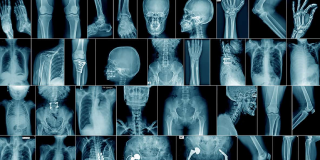
-
Pathology:
Automated systems analyse tissue samples to identify cancerous cells. This assists pathologists in diagnosing diseases and planning treatments.
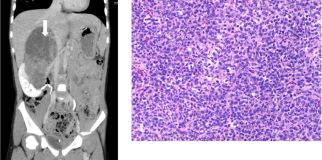
5. Augmented Reality (AR) and Virtual Reality (VR)x
AR and VR applications use computer vision to blend digital content with the real world or create immersive virtual environments.
-
Gaming:
AR and VR enhance gaming experiences by overlaying digital objects onto the real world or creating fully immersive virtual worlds. Computer vision tracks player movements and interactions.
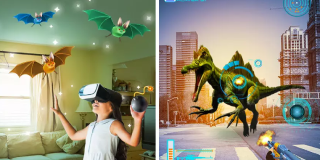
-
Education:
AR applications provide interactive learning experiences by overlaying educational content onto textbooks and real-world objects. VR simulations offer immersive training for various professions.

6. Retail and E-commerce
Retail and e-commerce industries use computer vision to improve customer experience and streamline operations.
-
Virtual Try-On:
Online retailers offer virtual try-on solutions for clothing, accessories, and makeup. Customers can see how products look on them without physically trying them on.

-
Inventory Management:
Computer vision helps retailers track inventory levels and product placement. Automated systems can detect stockouts and misplaced items, ensuring optimal product availability.

7. Agriculture
Agriculture benefits from computer vision through precision farming and crop monitoring.
-
Crop Monitoring:
Drones equipped with computer vision technology capture aerial images of fields. Algorithms analyze these images to assess crop health, detect diseases, and monitor growth.
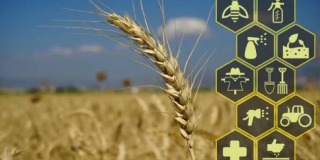
-
Livestock Management:
Computer vision monitors livestock for health and behaviour analysis. This helps farmers detect illnesses early and manage animal welfare.

8. Industrial Automation
Industrial automation uses computer vision for quality control, inspection, and process optimization.
-
Quality Control:
Computer vision systems inspect products for defects during manufacturing. This ensures high-quality standards and reduces waste.

-
Predictive Maintenance:
Vision-based systems monitor machinery for signs of wear and tear. Predictive maintenance reduces downtime by addressing issues before they lead to equipment failure.
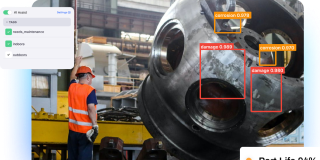
9. Transportation and Logistics
Transportation and logistics industries use computer vision to enhance safety and efficiency.
-
Traffic Management:
Traffic cameras equipped with computer vision monitor road conditions and traffic flow. This data helps manage congestion and improve road safety.

-
Package Sorting:
Automated sorting systems use computer vision to read labels and direct packages to their destinations. This speeds up the logistics process and reduces errors.
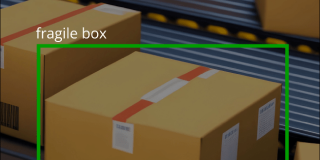
These key applications highlight the versatility and transformative impact of computer vision across various sectors. As the technology continues to advance, its potential for innovation and efficiency in numerous fields will only grow.
Why PyTorch for Computer Vision:
With the increased interest in deep learning in recent years, there has been an explosion of machine learning tools. Frameworks such as PyTorch, TensorFlow, Keras, Chainer, and others have been introduced and developed rapidly. These frameworks provide neural network units, cost functions, and optimizers to assemble and train neural network models. Among these, PyTorch has emerged as a cutting-edge AI framework, gaining significant momentum in the machine learning and deep learning communities.
PyTorch is developed by Meta AI (formerly Facebook AI Research Lab), PyTorch is built on the Torch library. Its initial release in 2016 quickly garnered attention due to its flexibility, ease of use, and dynamic computation graph. PyTorch's design makes it particularly well-suited for research and development in deep learning, including computer vision applications.
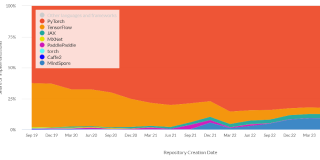
Key Features
-
Dynamic Computation Graph:
One of the standout features of PyTorch is its dynamic computation graph, known as Autograd. Unlike static computation graphs used in some other frameworks, PyTorch's dynamic graph allows for more flexibility in building neural networks. It dynamically adjusts to changes and updates during the learning process, making it easier to modify the network architecture on the fly. This feature is especially useful for research and experimentation, where changes to the model structure are frequent.
-
Pythonic Nature:
PyTorch is deeply integrated with Python, making it intuitive and accessible for Python programmers. It leverages the simplicity and power of Python to make the coding experience more natural. This integration allows developers to use Python's rich ecosystem of libraries and tools seamlessly. The Pythonic nature of PyTorch ensures that writing and debugging code is straightforward, which can significantly speed up the development process.
-
Extensive Libraries and Tools:
PyTorch provides a comprehensive ecosystem for deep learning. For computer vision specifically, PyTorch includes TorchVision, a library that offers tools, datasets, and pre-trained models to streamline the development process. TorchVision simplifies the handling of image data and the implementation of standard computer vision tasks like image classification, object detection, and segmentation. Additionally, PyTorch supports other domains through libraries such as TorchText for natural language processing and TorchAudio for audio processing.
-
Support for GPU Acceleration
PyTorch efficiently utilizes GPU hardware acceleration, making it suitable for high-performance model training and research. With support for CUDA, PyTorch can leverage the computational power of GPUs to speed up the training of deep learning models significantly. This capability is crucial for handling the large-scale datasets and complex models often used in computer vision.
-
Strong Community and Industry Support
With backing from Meta and a vibrant community, PyTorch continuously evolves with contributions from both academic researchers and industry professionals. The strong community support ensures that PyTorch remains at the forefront of deep learning research and application. This extensive support network also means that developers can find ample resources, tutorials, and forums to help them troubleshoot issues and learn best practices.
PyTorch's combination of flexibility, ease of use, extensive libraries, and strong community support makes it an excellent choice for computer vision projects. Whether you're working on academic research, developing cutting-edge applications, or exploring new ideas, PyTorch provides the tools and capabilities needed to succeed in the rapidly evolving field of computer vision.
Conclusion
In this introductory blog, we explored the fascinating field of computer vision and the powerful deep learning framework, PyTorch. We began by understanding what computer vision is and its significance in enabling machines to interpret and act upon visual data, mimicking human vision capabilities. We also delved into the history of computer vision, highlighting key milestones that have shaped the field over the past six decades.
Furthermore, we discussed the wide array of real-world applications and use cases for computer vision, ranging from image classification and object detection to facial recognition. These applications demonstrate the transformative potential of computer vision across various industries, including healthcare, automotive, security, and more.
Finally, we introduced PyTorch, emphasizing why it is an excellent choice for computer vision tasks. Its dynamic computation graph, Pythonic nature, extensive libraries, support for GPU acceleration, and strong community backing make it a preferred framework for researchers and developers alike.
Stay tuned for the next installment, where we will start with “Setting up a development environment"

Written By
Impetus Ai Solutions
Impetus is a pioneer in AI and ML, specializing in developing cutting-edge solutions that drive innovation and efficiency. Our expertise extends to product engineering, warranty management, and building robust cloud infrastructures. We leverage advanced AI and ML techniques to provide state-of-the-art technological and IT-related services, ensuring our clients stay ahead in the digital era.
